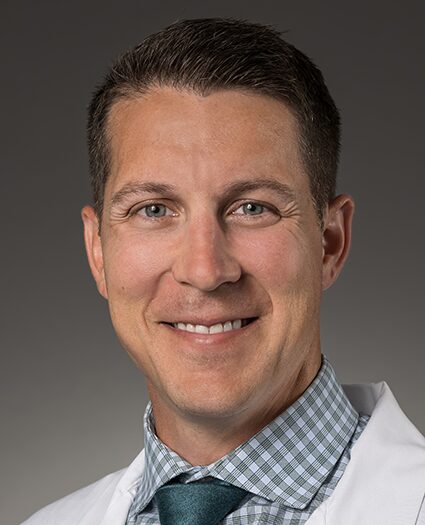GET BACK IN ACTION.
A sudden, unexpected athletic injury or a lingering, crippling pain can pull you out of the game. That’s where our team comes into play.
Call 800-662-4043 to make an appointment or schedule online.
A sudden, unexpected athletic injury or a lingering, crippling pain can pull you out of the game. That’s where our team comes into play.
Call 800-662-4043 to make an appointment or schedule online.

Crystal Clinic’s sports medicine doctors are specially trained to treat sports-related injuries for athletes of all ages.
Whether you are a high school or college athlete or a weekend warrior, know you’ll get the specialized care you need from our sports medicine orthopedic surgeons. They specialize in getting athletes back in action, using the latest technology and treatment advancements in surgical and nonsurgical sports medicine care—including minimally invasive techniques and the use of biologic therapy to promote the body’s natural ability to heal.


Several of our doctors were team physicians for the University of Akron and Kent State University, so they are familiar with a wide range of sports-related overuse and acute injuries. They have helped countless athletes return to action following a game-ending injury and can help you get back to top performance.

Salvatore Frangiamore, M.D., M.S.
Board-Certified
Fellowship-Trained in Shoulder and Sports Medicine Surgery
Sports injuries fall into two categories: overuse injuries that occur over time, and acute, unexpected tramatic injuries. Our Sports Medicine specialists expertly treat both types, including:
A consultation with one of our Sports Medicine physicians is a smart first step for anyone experiencing a long-term or sudden sports-related injury. Scheduling here online is simple.